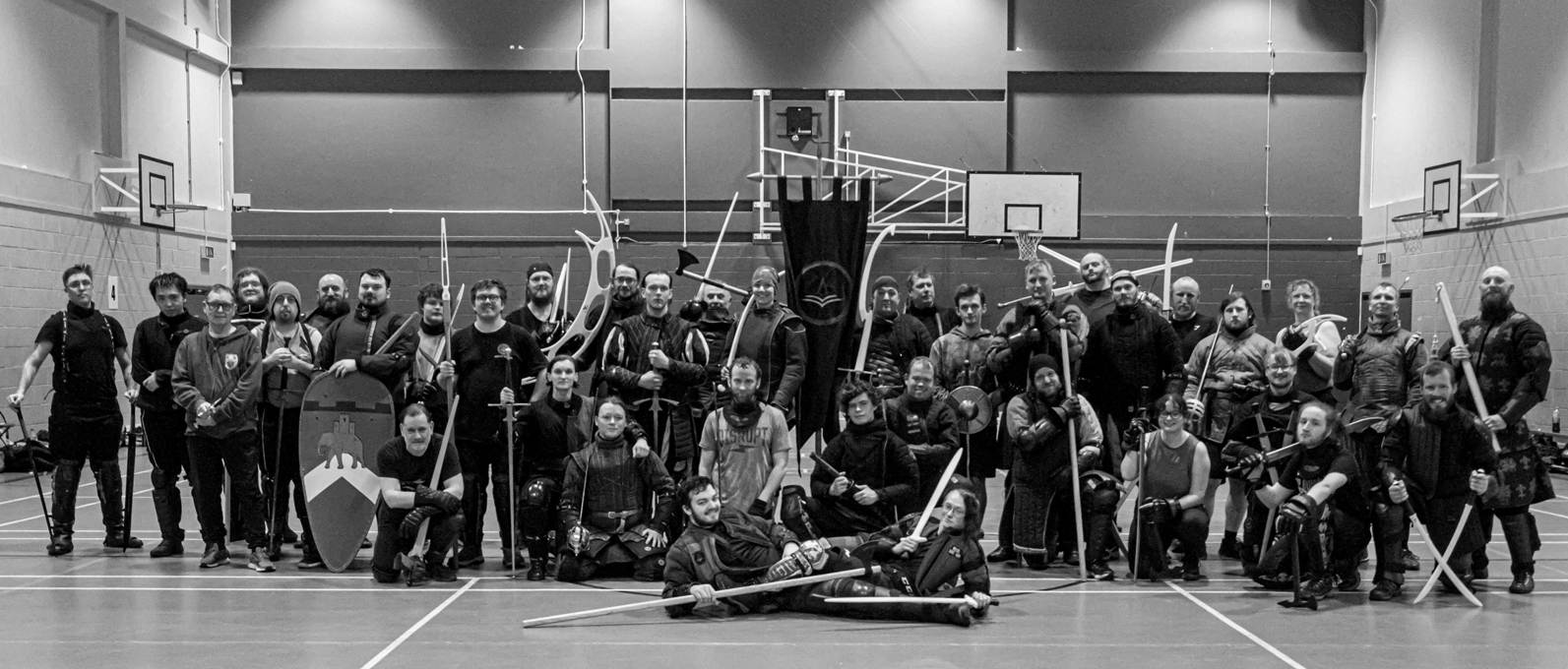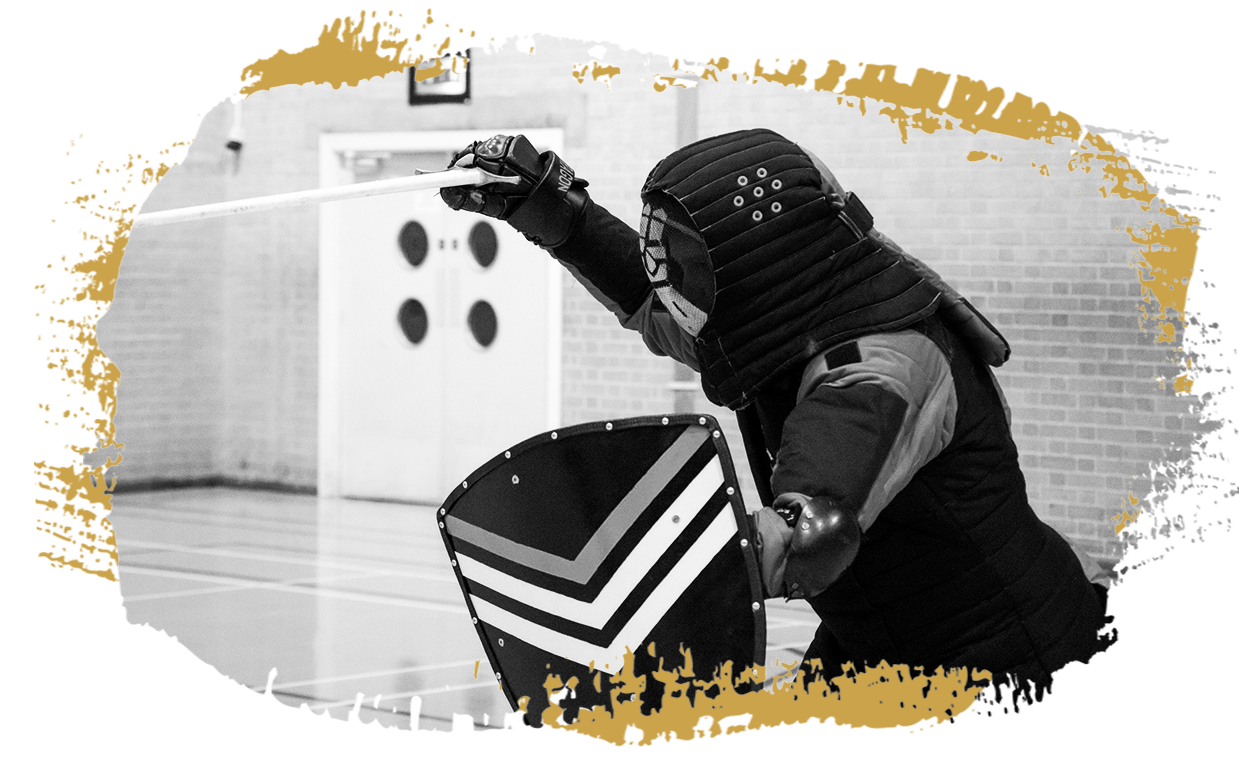While the framing of this statement is true, when considering the nature of combat, it may not be the most useful tool, particularly for beginners. With most junior practitioners, it is common that they will be taught a few techniques and then seek to apply them in competitive training. The reality is that they will either be training against others of their experience or more senior training partners, and when a technique ‘fails’ through no fault of the students, it can be a disheartening experience. Most training systems get round this by allowing the technique to land without resistance, not putting up a defence in order to allow the technique to land so the student gets the feeling that the technique works.
This, in my opinion, fails the student in two key regards. Firstly, the training partner is not able to train a realistic response in this situation and is allowing a potential training opportunity to slip by, and secondly, the student applying the technique is not getting any experience in handling the response of their opponent to the method.
It is for this reason that the Order utilises and works with the mantra ‘Task Failed Successfully’. This meme, while being highly amusing in concept, and with some backstory to its implementation within the system, requires us to address an important discussion about the measures of ‘failure’ and ‘success’. If we are taking the efficacy of a technique to mean its ability to land an effective strike against the opponent, then the measure of its success is typically, in the mind of a practitioner, “Can I make this move hit the opponent?”
Now, in reality, their opponent is going to have other ideas and won’t make that task easy, but many practitioners will measure the success of their action including the opponents’ imposition. But in practice, the answer to this question is invariably a “Yes, but the opponent didn’t let it happen.” By this standard, the task was attempted. It failed due to the opponents’ action, but it was a successful attack in that the threat was made substantial enough that the opponent had to respond to it.
This, for any given attack, is a good position to be in. With the opponent on the defensive and needing to respond actively to your efforts, you are effectively waiting for them to make a mistake on defence in order to land a strike. So, while we have failed, we have done so successfully in that our attack was recognised as a threat that needed handling, laying the ground for future techniques.
This re-framing of the efficacy of any given technique is useful as it helps us redefine how useful any action is. Another example of this comes from the Order’s teaching on ‘Counters’. While there are defined counters, with starting positions, recommended actions and finishing strikes, they all follow the same combative doctrine of ‘reversing the flow of battle’. Using a trained and drilled technique to transition from defence into attack is useful in its own right, as it alleviates the pressure of the incoming attack momentarily.
It is common for a counter’s usefulness to be measured in whether or not the hit lands. Rather than focusing on the potential gained by finding a method of turning a defensive situation into an offensive advantage. This can be explained by the competitive focus and the fact that any given bout will be brought to an end through the strikes made against an opponent, so that is naturally the ultimate goal, yet setting up small goals between these points is just as important, if not more beneficial.
Taking any given counter, you will have had to recognise the opponents’ attack, adjust your position to respond to that threat, establish a defence in such a way that you can utilise an attack from that defensive position and then have the physical and mental space in reserve to use in the actual counterattack itself. If we take the counter as the ‘task’, then we can assess whether it failed or succeeded. For the purposes of finishing the fight, the counter may not have worked, yet it has forced the opponent to respond to our counter and given us the chance to alleviate that pressure on the defence and potentially find an opening, if the opponent is not quick enough to respond. Even if the counter doesn’t land directly, but has been made, then the task can be both a failure and a success.
This approach can be applied to all techniques and methods within your combative practice. The framing of “Could this have worked, and has it given me a better position in this contest?” is a very useful shift in approach, away from “Has this hit the opponent?”. The first framing allows students to work technique to technique. As training develops, students will develop a series of linked movements which are designed to work together and roll off each other, sometimes in drilled formats. Here, we are able to assess the overall task with multiple points where the ultimate objective can be secured, but through the use of various attacks and techniques, each one carrying that potential to bring the fight to a close.
These linked sequences are great for individual development, as they provide the combatant with multiple points of outlet that allow for a degree of tactical flexibility in practice. Pair this with the mental flexibility to utilise them to gain and secure advantages against an opponent, and you will be able to apply each within the headspace to allow for the failure of individual moves, but the success of the overall strategy. Taking this whole paradigm a stage further, you may have an idea how you want to overcome an opponent, not just in specific moves, but on a strategic and tactical level, which is particularly true for higher level fighters who have had the time to study and learn their opponent.
Within any given contest, particularly those between fighters with a deep and broad body of techniques and training to draw upon, you will find numerous points where some techniques are simply countered outright, some where the move will work with a minor adjustment, and others where a clear advantage can be identified. In the early phases of any contest, typically within a pass or two, both combatants will be running through their ‘armoury of skills’ and trying to find the most appropriate one in the moment.
They will base this on their initial actions and the understanding of the preceding tactical assessment, but there may be errors present, so the plan gets revised as it ‘fails’. The success is that they may not be out of the fight yet, and their initial passes have given them some sort of insight as to the opponents’ technique and method, a gauge on the current fight. Further success comes in being able to quickly learn from the smaller ‘failures’ and apply them to a greater ‘success’.
Fighters who are able to do this can be said to have failed their task successfully enough to achieve a victory against their opponent. Each technique applied can either succeed or fail, but the fight continues. It’s important to keep your focus on the overall objective and if a technique should prove to be unsuccessful in closing the fight, but leave you in no worse a position, or even with an advantage, then that failure can be turned to potential success, only if you allow the failure to pass through and you learn from it. Try framing your actions this way and see what it does for your combative performance.
I wish you all the success with it and hope it serves you as well as it has served others.
Richard Hughes



